
Restoring Tasmania’s giant kelp forests the focus of new research project Scimex
T he thick underwater forests off Tasmania's east coast used to be so dense they were marked as shipping hazards on nautical charts. Thriving stands of giant kelp, which grows up to 40 metres.
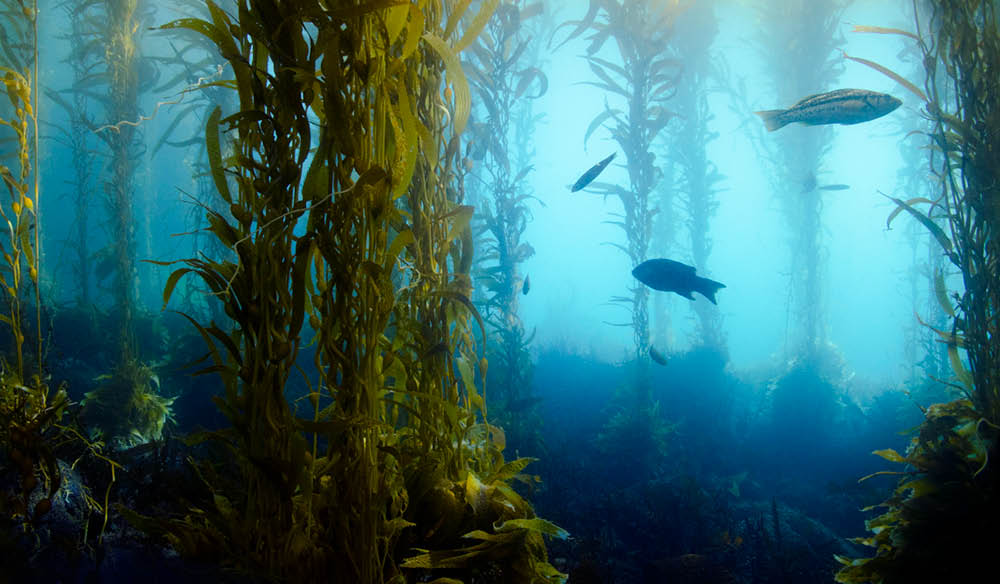
In search of Tasmania's wild kelp ocean forests Australian Traveller
Giant kelp — Macrocystis pyrifera — does best in an annual water temperature range of roughly 50 to 60 degrees Fahrenheit, according to Johnson. He says routine summertime spikes into the mid-60s pushed the kelp over the edge. First in Australia, and subsequently in Tasmania, the kelp forests vanished. The Australian government now lists.

Kelp Forest Off the Tasmanian Coast Stock Photo Image of kelp, weed 142189180
ABC News Homepage Search More from ABC © 2023 ABC But these were not the terrestrial forests that have triggered so much controversy in the island state. They were the grand forests of giant kelp ( Macrocystis pyrifera) Puck, now in his 90s, is lean, sinewy and still strong from years of work. He describes the kelp with exuberance.
Tasmania's disappearing giant kelp forests on Vimeo
The giant kelp forests along Tasmania's east coast were once so dense, they were marked on shipping maps. At Fortescue Bay, a sheltered crescent fringed with towering eucalypts, the sea's surface was so thick with macrocystis pyrifera that people taking their fishing boats out to deeper water had to cut a channel through the fronds.
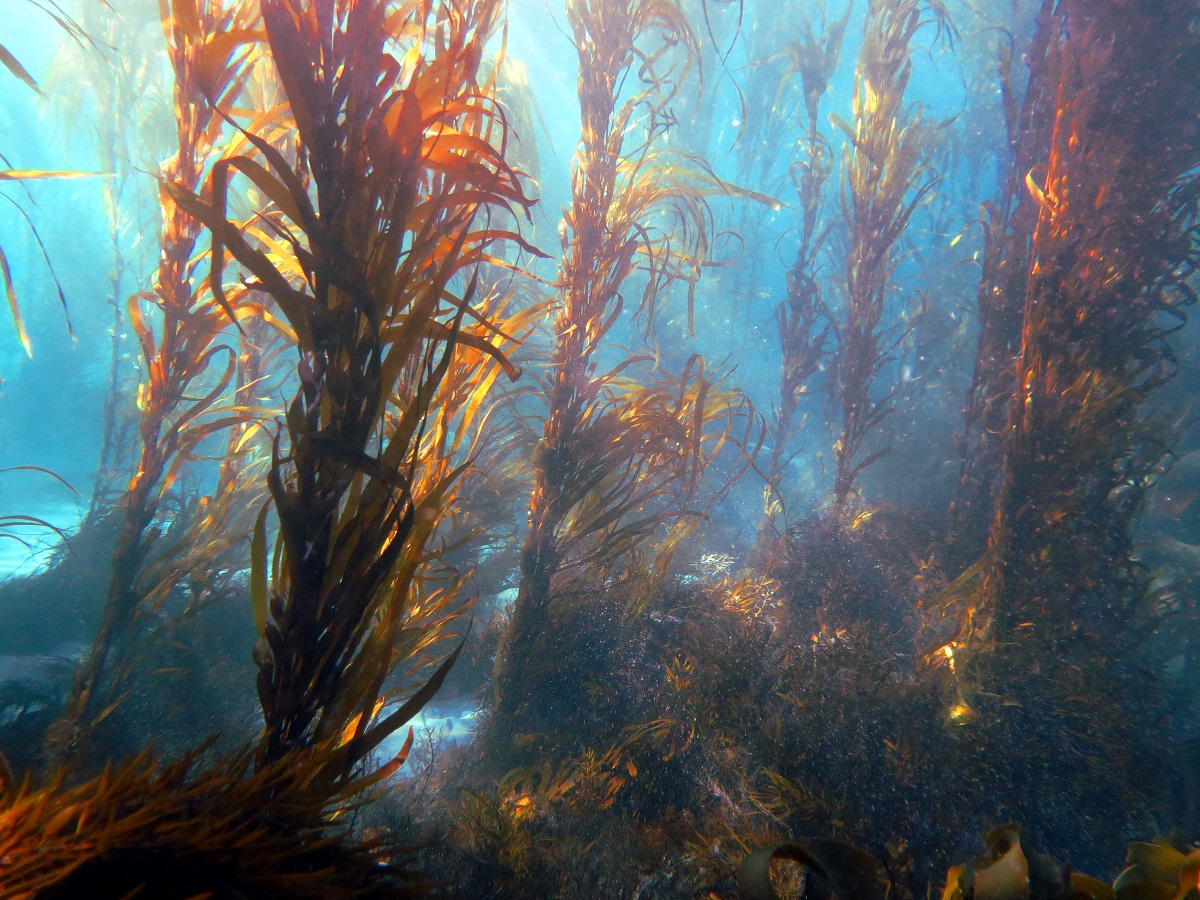
World's First Kelp Restoration Guidebook Inspiring Tasmania
Mobile: 0478638180. Email: [email protected]. The Nature Conservancy Australia (TNC) is excited to announce that the Tasmanian Giant Kelp restoration project has reached an important milestone today, with the outplanting of juvenile giant kelp at 12 sites along the east coast of Tasmania. "This is a really exciting day for all partners in.

Reviving Tasmania’s Undersea Giant Kelp Forest Sacred Groves
Giant kelp is the world's largest marine algae which can grow up to 40 metres tall at a rate of up to 50 centimetres a day in ideal conditions, but the vital species is vanishing quickly with no sign of slowing down. "There's been a lot of work at IMAS over the past several years working on the restoration of giant kelp," said Dr Bennett.

In pictures creatures of Tasmania’s disappearing kelp forests Kelp forest, Ocean habitat
"The Giant Kelp Restoration Project is the first of its kind in Tasmania, where partners have teamed up to support giant kelp forest restoration, with the vast amount of knowledge gained over time being leveraged to help recover giant kelp forests at ecologically meaningful scales," said Paul Tompkins, TNC's Kelp Restoration Coordinator.

Giant kelp forest tasmania hires stock photography and images Alamy
Restoring Tasmania's giant kelp forests the focus of new research project A new joint research project between IMAS and the Climate Foundation is studying the possibility of restoring Tasmania's iconic giant kelp forests, which have almost disappeared over recent decades due to ocean warming.
Tasmania's kelp forests feel the impact of industry of climate change ABC News
Ling believes the project to try to restore the giant kelp forests of Tasmania could prove a call to arms. "I think people are over eco-grief and want to get in there and make a difference.
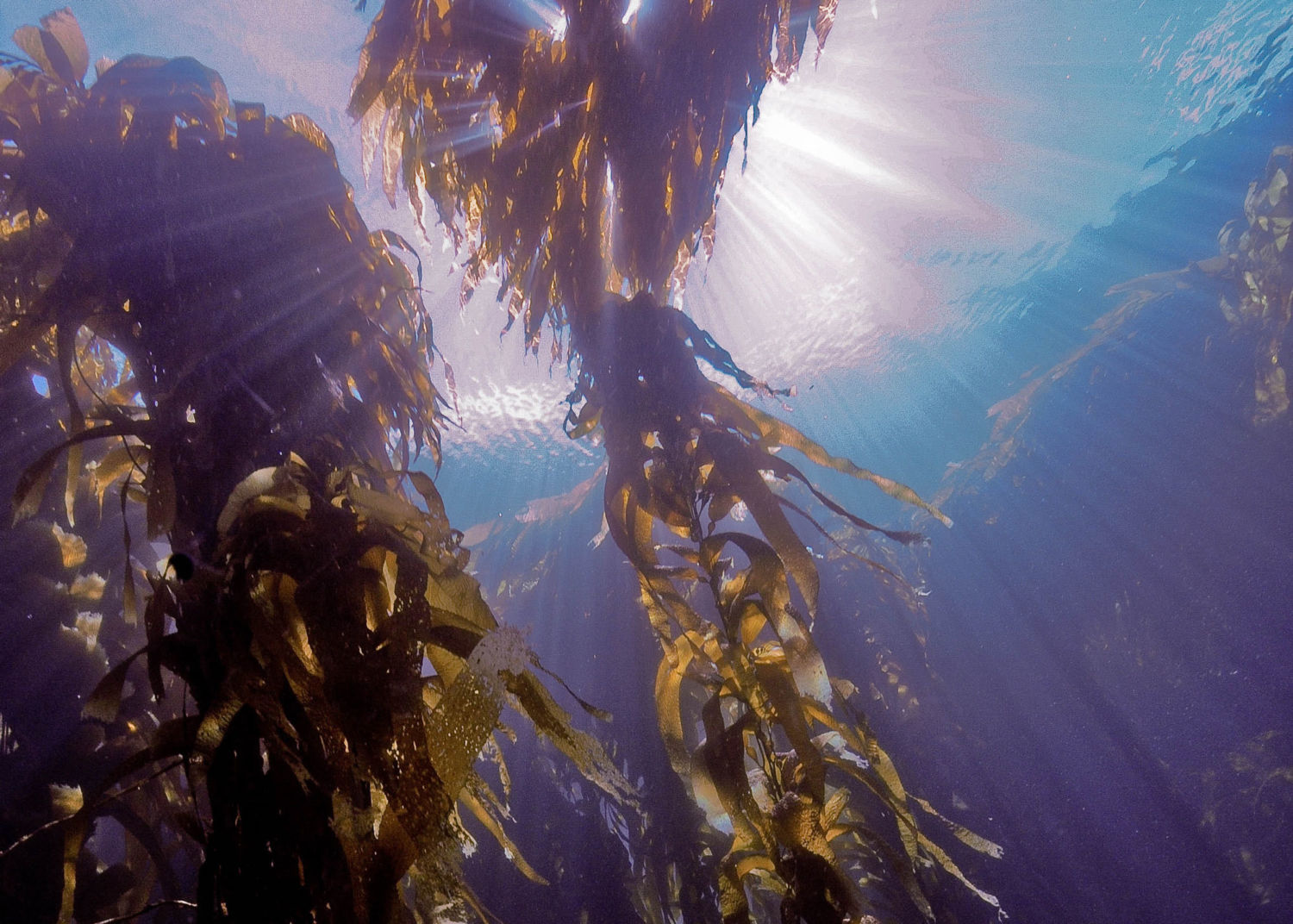
As Oceans Warm, the World’s Kelp Forests Begin to Disappear Yale E360
Tasmania's amazing giant kelp forests may be all but gone, but there's still endless life among the weeds. Snorkels at the ready, here's how you can experience it. Imagine yourself flying through a forest, like in Avatar, and that's exactly what scuba diving among the giant kelp off Tasmania is like.
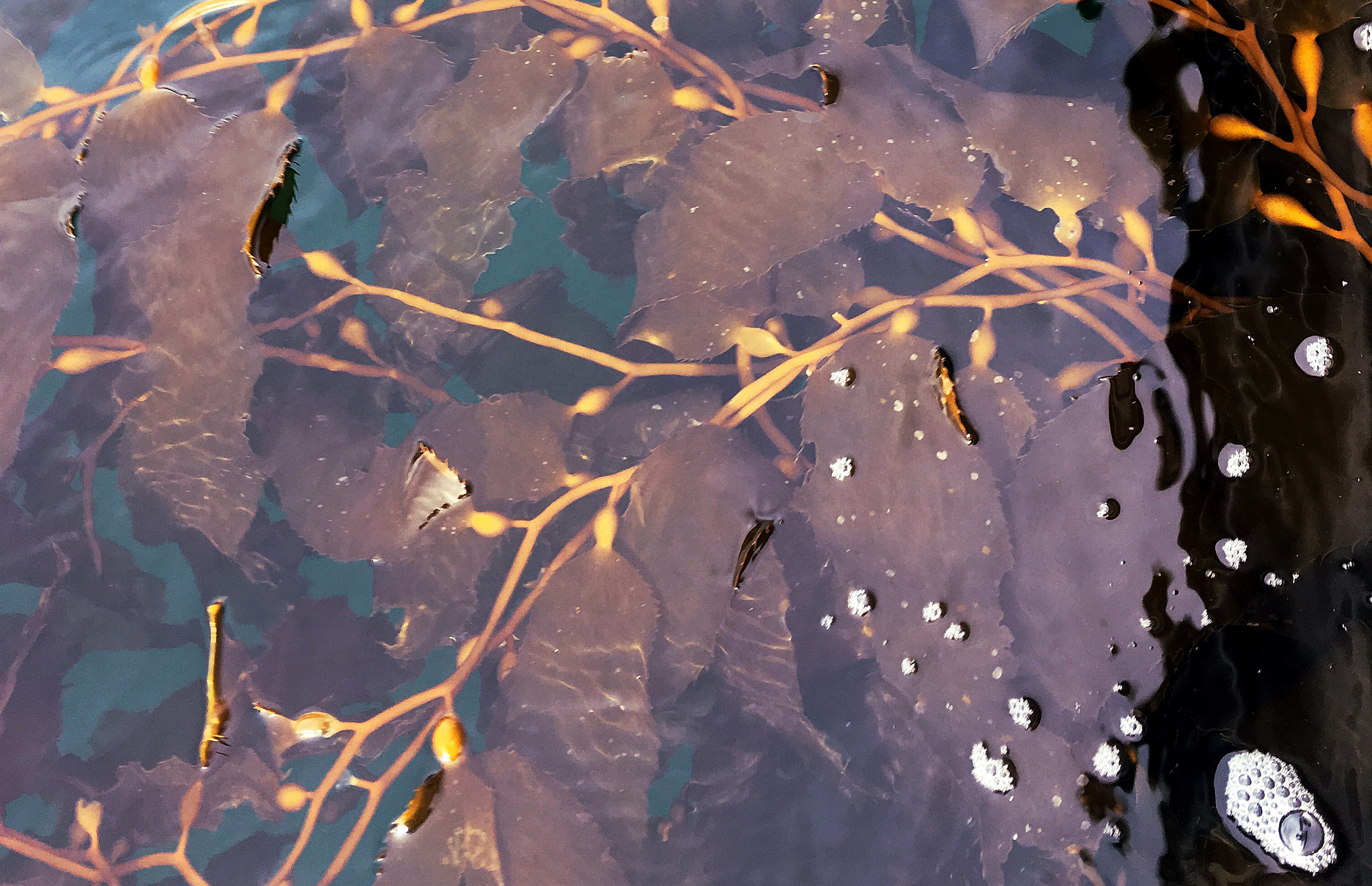
Tasmanians urged to log sightings of endangered giant kelp Institute for Marine and Antarctic
Warming seas meant a few years ago Tasmania's giant kelp forests appeared to be on the brink of disappearing. In a desperate bid to save them, a team of scientists have begun replanting large sections of kelp in the empty ocean. Will Murray reports. More on: Hobart Conservation Live Stories m 29s
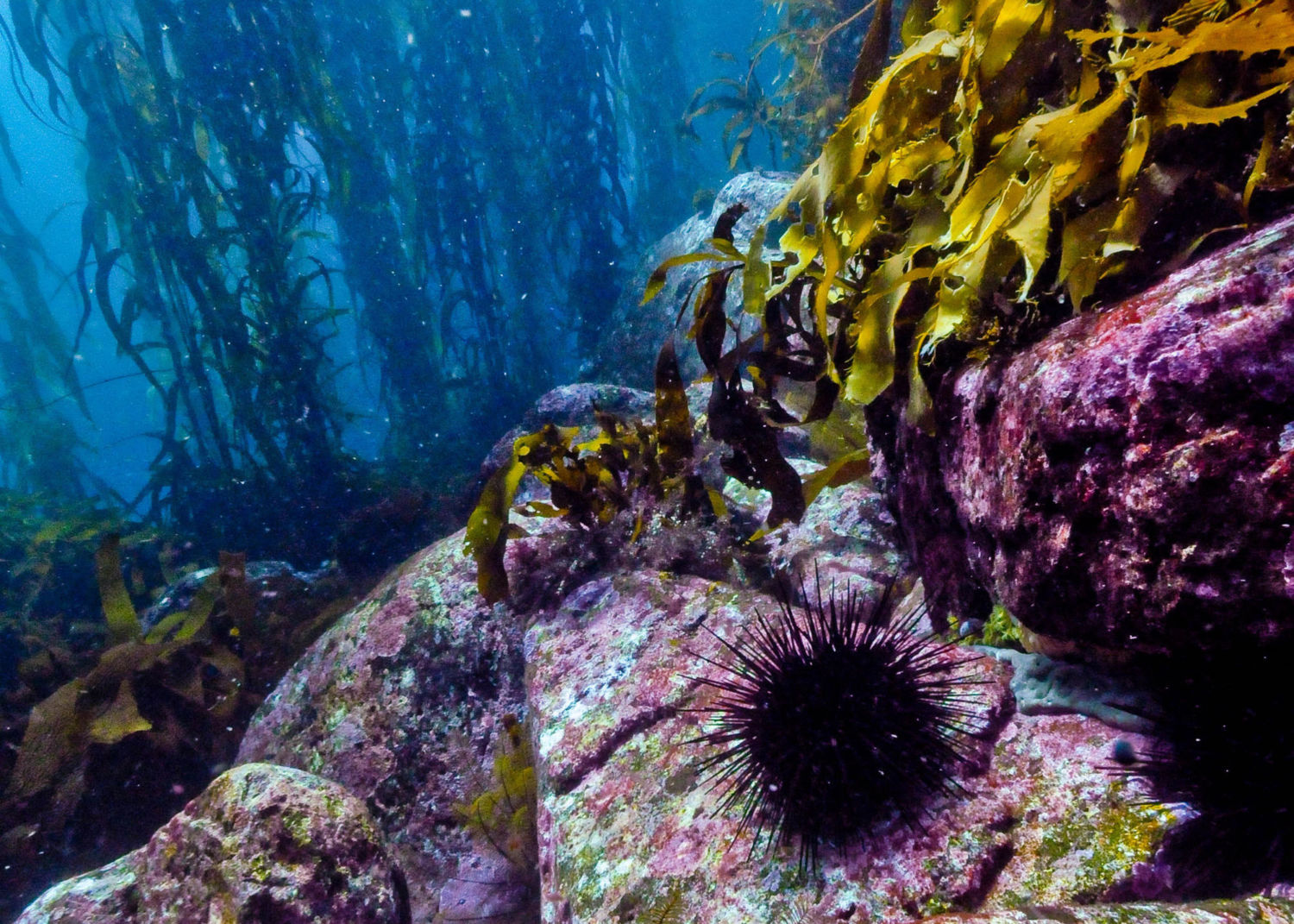
As Oceans Warm, the World’s Kelp Forests Begin to Disappear Yale E360
One of Australia's great forests once grew hidden from sight off the east coast of Tasmania. Swathes of giant kelp, known as kelp forests, grew from the ocean floor, towering 30 to 40 metres into massive floating canopies across the surface of the sea.
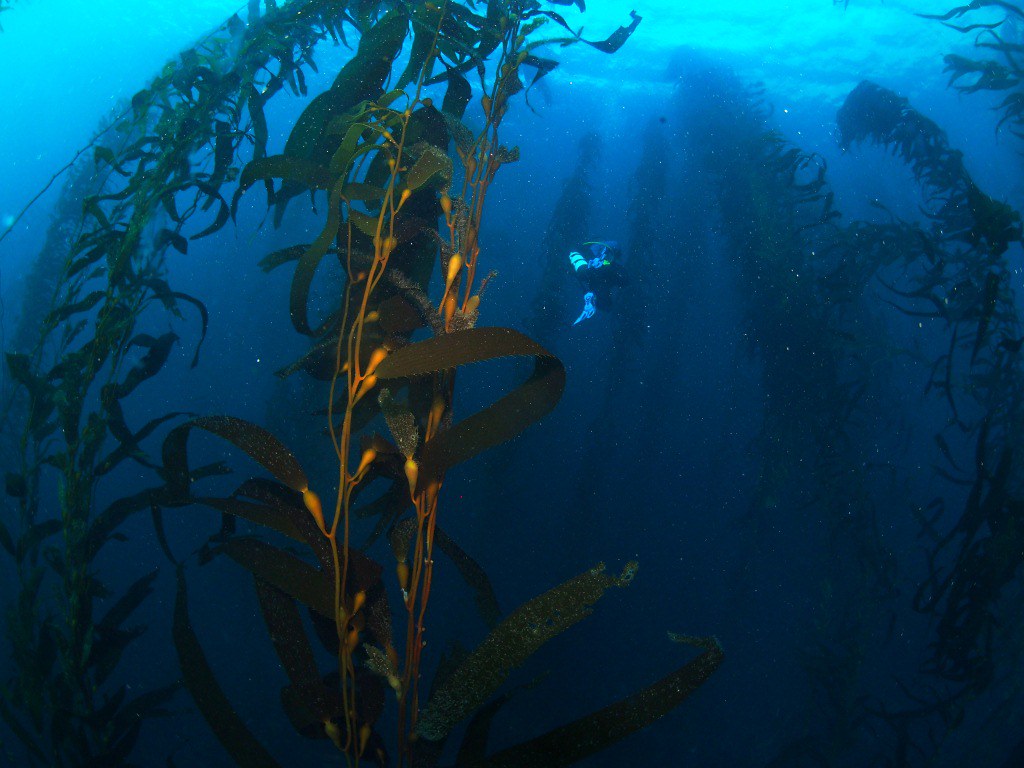
Kelp forest Eaglehawk, Tasmania Phil Watson Flickr
95 per cent of Tasmania's once widespread giant kelp forests have vanished due to climate change. Scientists have been able to regrow patches of giant kelp using selective breeding. Now they are pillars of hope in the fight to save Tasmania's giant kelp forests from extinction.

What Kelp Forests Can Do for the Climate YES! Magazine
The Nature Conservancy Australia (TNC) is excited to announce a new collaborative project that will bring together the knowledge, experience and capacity of a wide range of partners and stakeholders to help expand Giant Kelp ( Macrocystis pyrifera) restoration efforts in Tasmania.
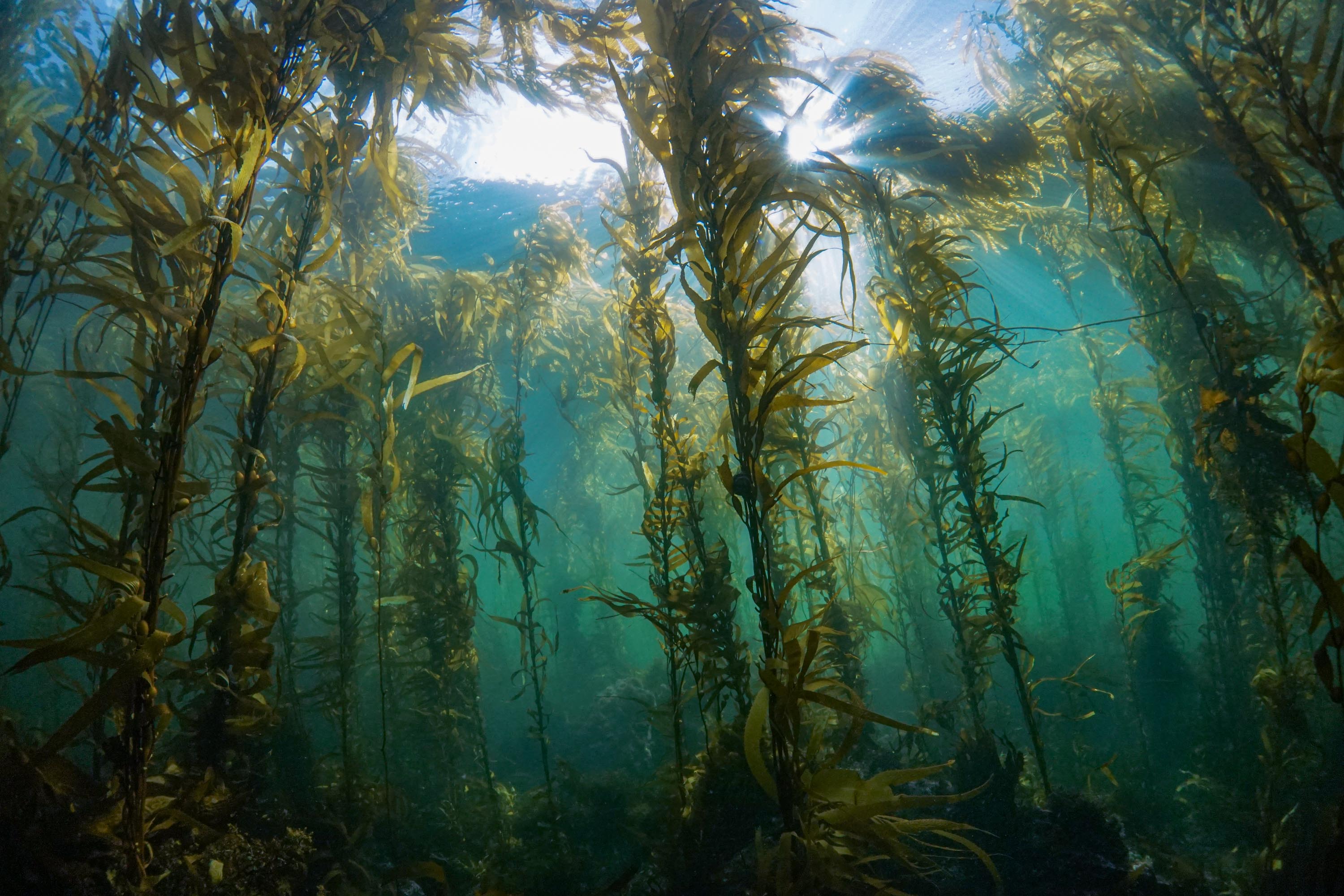
Satellite images track decline of Tasmania’s giant kelp forests Institute for Marine and
The most threatened kelp forest species in Australia is the Macrocystis pyrifera, better known as giant kelp. Giant kelp forests on Tasmania's East Coast have declined by over 95% in recent decades. In 2012, they were listed as a threatened ecological community under the Australian Federal Government Environment Protection and Biodiversity.
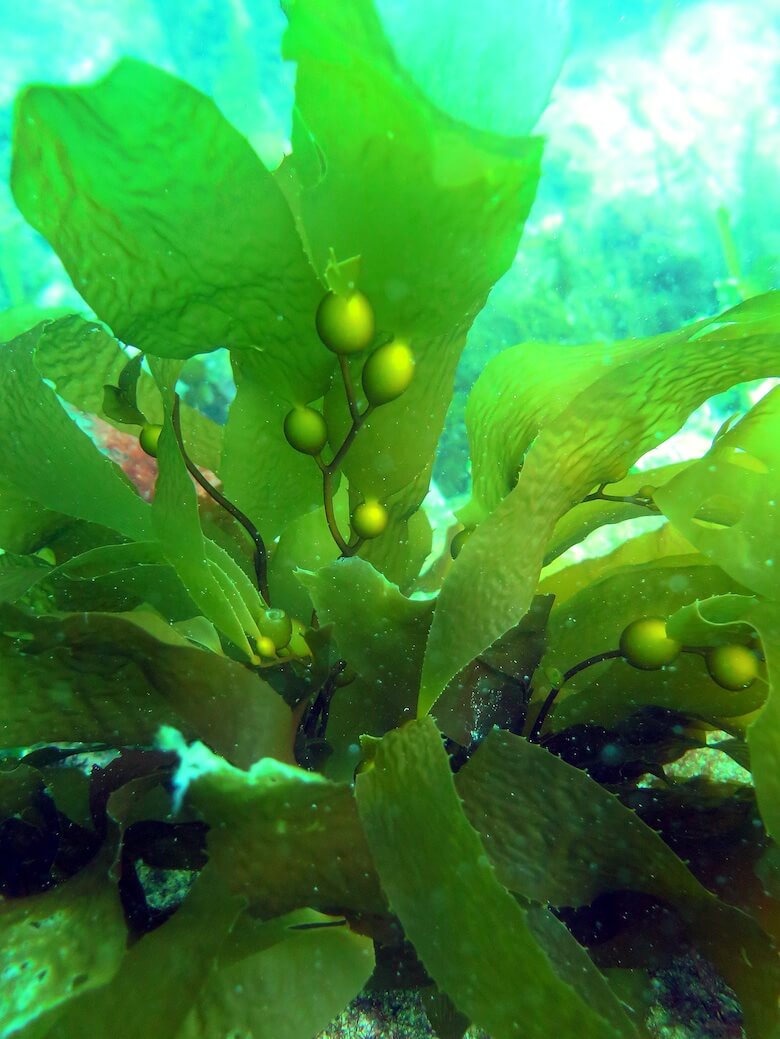
Reviving Tasmania’s Undersea Giant Kelp Forest Sacred Groves
Heat tolerant giant kelp is flourishing at trial sites along the east coast of Tasmania, indicating all is not lost for the world's largest algae. Key points: Heat tolerant giant kelp identified in the wild has been bred and replanted Climate change has caused giant kelp forests to decline by 95 per cent